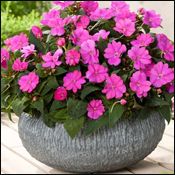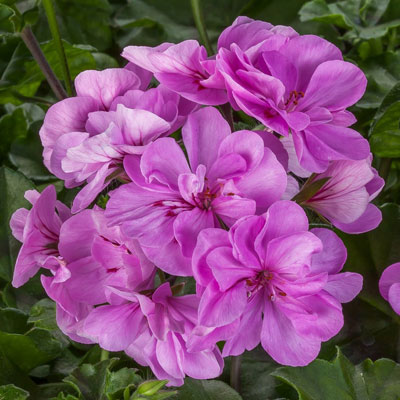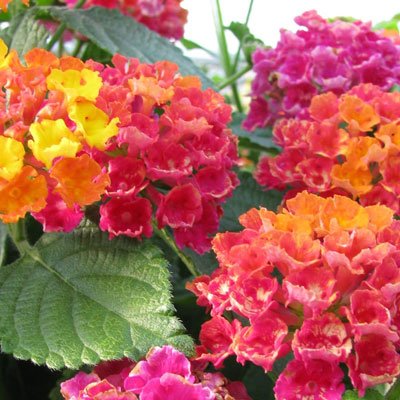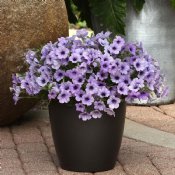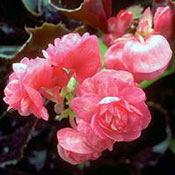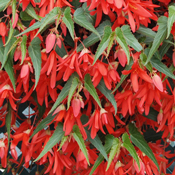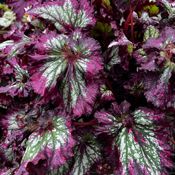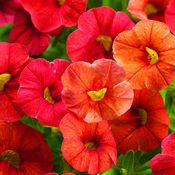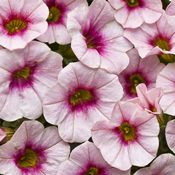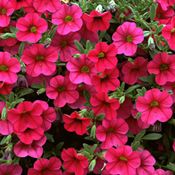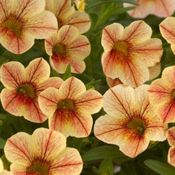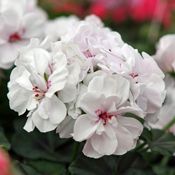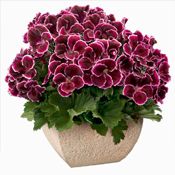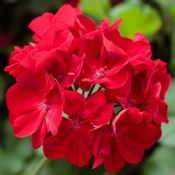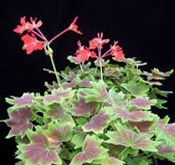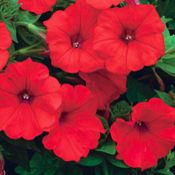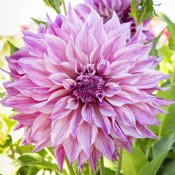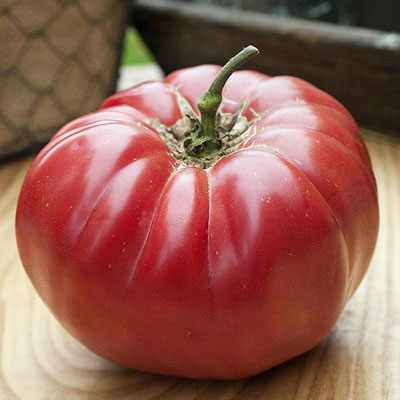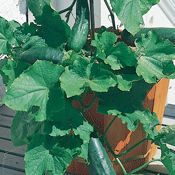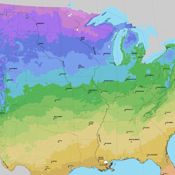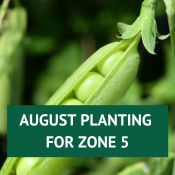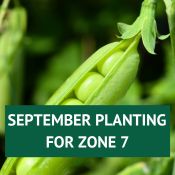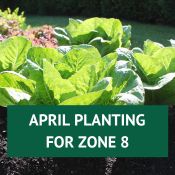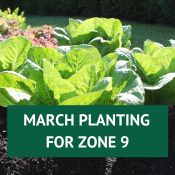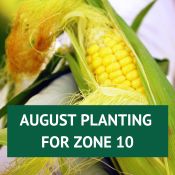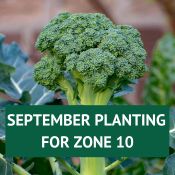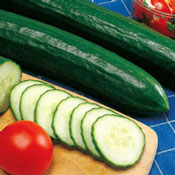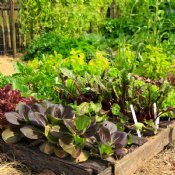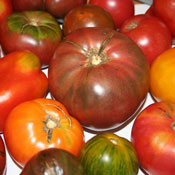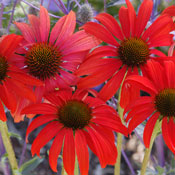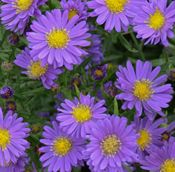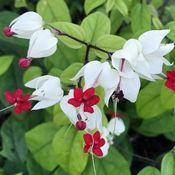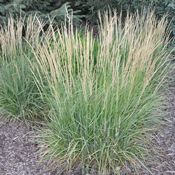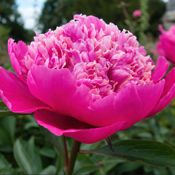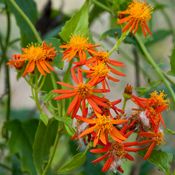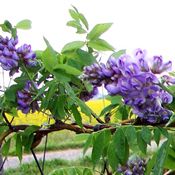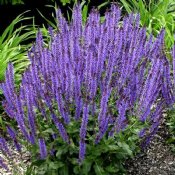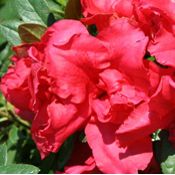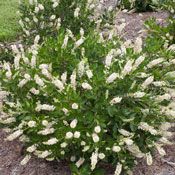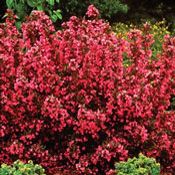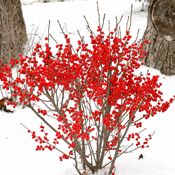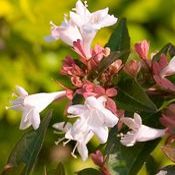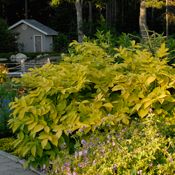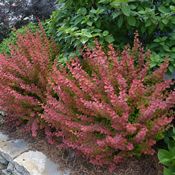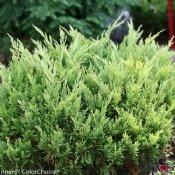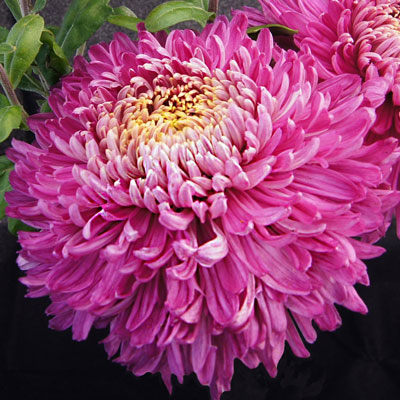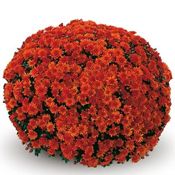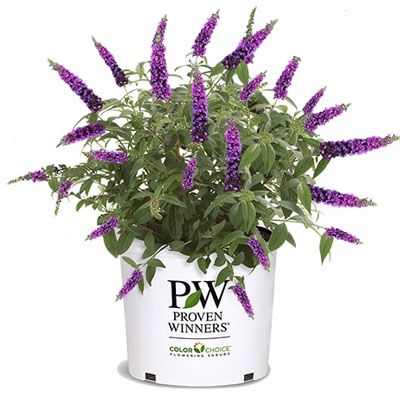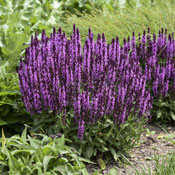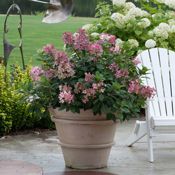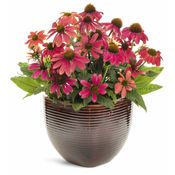Bountiful botanical blessings on you for recognizing the beauty, flavor, and healthy aspects of the Brussels Sprout! When it comes to Brussels Sprouts, planting and caring for them correctly will enable you to grow them for a fun fall harvest, eat them for high levels of Vitamins K and C, and enjoy them for sweet and nutty flavor. Of course, all of these amazing benefits depend upon your knowledge of how best to plant, harvest, and prepare these cute “little cabbages.”.

A Perfect Cool Weather Crop
As a slow-growing, long-bearing crop, it is a wise decision to get to know your Brussels Sprouts in order to nurture the most satisfying and delicious relationship. Brussels Sprouts thrive in cooler weather and their natural sweetness actually increases after they’ve been kissed by frost.
A good rule of thumb (your green thumb, that is) to judge when the optimal time for planting arrives, is to count back three months from your first potential heavy frost. Check online or contact your local agricultural extension office for the average date of that first heavy frost in your area.
Choosing the Right Variety
Selecting the appropriate variety of Brussels sprouts is crucial for your gardening success. Varieties like 'Jade Cross' or ‘Franklin Brussels’ are excellent for early harvests, while 'Long Island Improved' suits long season cropping. These newer hybrids offer disease resistance and improved flavors, catering to specific gardening needs and taste preferences.
Understanding Brussels Sprouts Growth
It's essential to understand the unique growth pattern of Brussels sprouts, which develop along the stem of a tall stalk and require a long growing season, typically 80-100 days to mature. This knowledge helps in planning the planting time to ensure they benefit from cooler temperatures, enhancing their natural sweetness.
Brussels sprouts: Planting Tips
First, give them a good sunny home. Note, however, that if your region has very hot weather in late summer and early fall, the plants will appreciate the respite of light afternoon shade, be it from other taller plants, trees, or from a shade cloth. Brussels Sprouts prefer a well-drained, fertile, neutral soil with a pH of 6.5 to 7.0. To ensure the soil’s appropriate texture and fertility, be sure to mix in generous amounts of manure or compost, watering the garden bed several days before planting to allow the soil to settle. A soil tester can quickly and simply indicate your soil’s pH level. You can then adjust with either garden lime, to raise the pH, or aluminum sulfate, to decrease the pH.
Planting: Starter Plants vs. Seeds
- Starter Plants: For ease and better growth, Brussels sprouts are recommended to be grown from starter plants. Space them 24 inches apart and mound soil around the stalk as they grow for support.
- Seeds: If starting from seeds, consider starting them indoors about ½ inch deep and 6 inches apart, allowing 10 to 14 days for germination. Once the first two leaves (seed leaves) appear, you should transplant them to a deeper seed bed or container, replanting them to a depth just below the seed leaves and watering-in well. For a fall harvest, start seeds indoors 6-8 weeks before the last frost date or plant seeds directly in the garden in mid to late summer, spacing plants about 18-24 inches apart in rows 2-3 feet apart.
Fertilizing Your Plants
To ease their transition, apply a nitrogen-rich fertilizer, such as Grower's Secret Organic Nitrogen, every 3-4 weeks throughout the growing season. Once the buds begin forming, stop applying nitrogen; instead, switch to Neptune's Harvest Fish and Seaweed, applying it once a week.
Pest and Disease Management for Brussels Sprouts
Protecting Brussels sprouts from pests and diseases is crucial for a healthy harvest. Common pests include aphids, cabbage loopers, and cabbage worms. Diseases such as powdery mildew and black rot can also pose significant threats. Implementing effective management strategies can help ensure the vitality of your Brussels sprouts.
Companion Planting: One of our favorite methods for pest management involves the use of companion plants. These plants attract beneficial insects, such as ladybugs and lacewings, which naturally reduce pest populations. Consider incorporating the following plants into your garden to support this balance:
- Dill: Attracts beneficial insects and can enhance the growth of Brussels sprouts.
- Oregano: Known for its strong aroma, it deters many pests while attracting beneficial ones.
- Sweet Alyssum: Attracts a wide range of beneficial insects and can improve the overall health of your garden.
Simply intersperse these companion plants between your Brussels sprouts to create a more resilient and self-regulating garden ecosystem.
Floating Row Covers: Utilizing floating row covers is an effective physical barrier against pests. These covers allow light and water to reach the plants while preventing pests from making direct contact. They are especially useful during the early growth stages of Brussels sprouts.
Soil Moisture Management: Ensuring proper soil moisture is key to preventing diseases. Provide consistent moisture to your Brussels sprouts, aiming for about 1-1.5 inches of water per week, whether through rainfall or supplemental watering. To minimize disease risk, avoid overhead watering. Instead, use drip irrigation or water at the base of the plants. A good rule of thumb is to allow the top half-inch of soil to dry before the next watering. This practice not only prevents over-saturation and potential disease but also encourages healthier root development by promoting deeper root growth.
Troubleshooting Common Brussels Sprouts Growing Problems
Problem: Sprouts Not Forming
- Cause: Too much warmth or insufficient nutrients.
- Solution: Ensure your plants are not overheated and fertilize with a nitrogen-rich fertilizer. Consider using shade cloth in very hot climates to protect plants.
Problem: Yellowing Leaves
- Cause: Over-watering, poor drainage, or nutrient deficiencies.
- Solution: Improve soil drainage and reduce watering frequency. Test soil and amend with necessary nutrients, focusing on nitrogen and iron.
Problem: Stunted Growth
- Cause: Root damage from compacted soil, or inadequate watering.
- Solution: Be gentle when transplanting and ensure soil is loose and well-drained. Maintain consistent moisture levels without over-watering.
Problem: Diseases
- Cause: Fungal and bacterial pathogens favored by humidity and poor air circulation.
- Solution: Ensure good spacing between plants for air flow, practice crop rotation, and remove affected parts promptly. Avoid overhead watering.
Problem: Bitter Tasting Sprouts
- Cause: Heat stress or harvesting too early.
- Solution: Wait for cooler weather or after frost to harvest, as cold sweetens the sprouts. Provide light shade to reduce heat stress.
Problem: Loose, Open Sprouts
- Cause: Too rapid growth, often due to too much nitrogen or inconsistent watering.
- Solution: Balance your fertilization regimen and provide consistent water to ensure steady, not rapid, growth.
Problem: Sprouts Cracking or Splitting
- Cause: Irregular watering patterns, causing the sprouts to grow unevenly.
- Solution: Maintain a consistent watering schedule, ensuring the soil remains evenly moist but not waterlogged.
Preventive Measures for Healthy Growth
- Regular Monitoring: Keep an eye on your plants for early signs of issues.
- Soil Health: Regularly test and amend your soil to maintain optimal pH and nutrient levels.
- Crop Rotation: Prevent disease build-up by rotating your Brussels sprouts with non-brassica crops each year.
- Clean Gardening Practices: Remove plant debris at the end of the season to reduce pest and disease carryover.
By addressing these common problems with specific solutions, you'll be better equipped to enjoy a healthy and bountiful harvest of Brussels sprouts.
Harvest Time!
Once the sprouts begin to form, they will grow up the stalk, forming a unique-looking “palm tree.” You harvest them in the same way as they grow, from the bottom of the stalk, up. Harvest sprouts from the bottom of the stalk when they are firm and green, typically 1-2 inches in diameter. Removing the top of the plant (topping) about 3-4 weeks before the end of the growing season can encourage more uniform sprout development. There’s something so satisfying about twisting off a mature and succulent little sprout, bound for your kitchen!
Preserving Your Brussels Sprouts Harvest
- Refrigeration: Store Brussels sprouts in the refrigerator for up to several weeks. Remove any loose or yellowed leaves and store them in a plastic bag in the vegetable crisper.
- Freezing: Blanch sprouts for 3-5 minutes, then cool in ice water. Drain and pack into freezer bags for long-term storage.
- Pickling: Pickled Brussels sprouts can make a delicious and tangy treat. Use a basic pickling brine and add your favorite spices for a customized flavor.
With the right care and attention, Brussels sprouts can be a productive and satisfying addition to your garden. By following these guidelines, you'll be well on your way to enjoying a bountiful harvest of these nutritious and flavorful vegetables.

